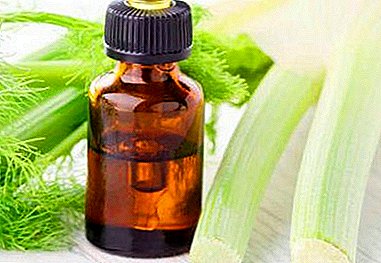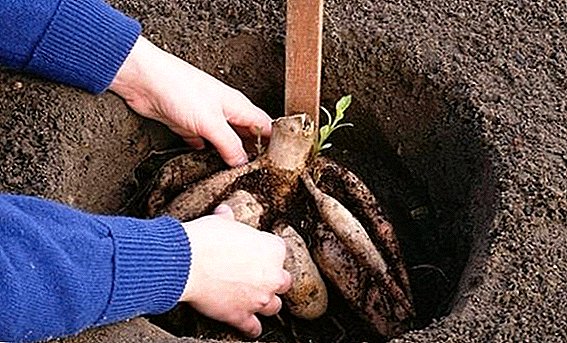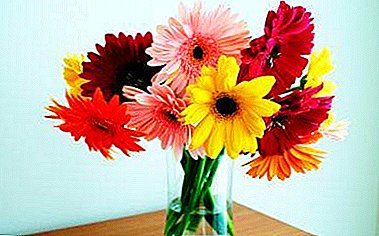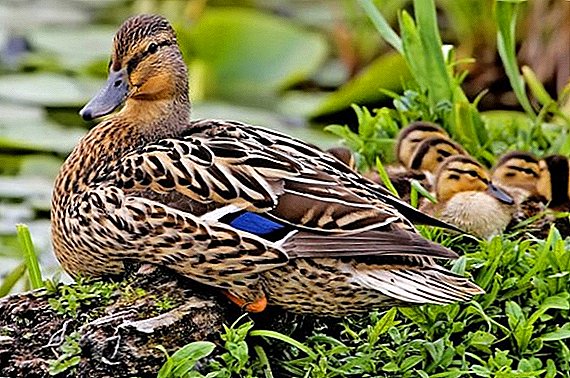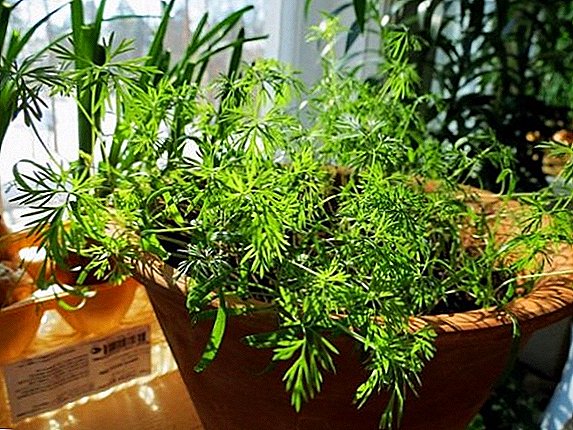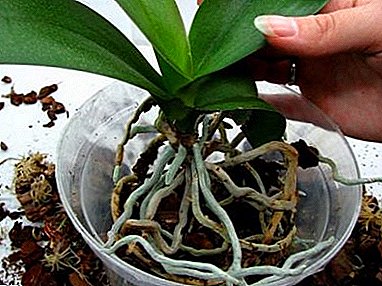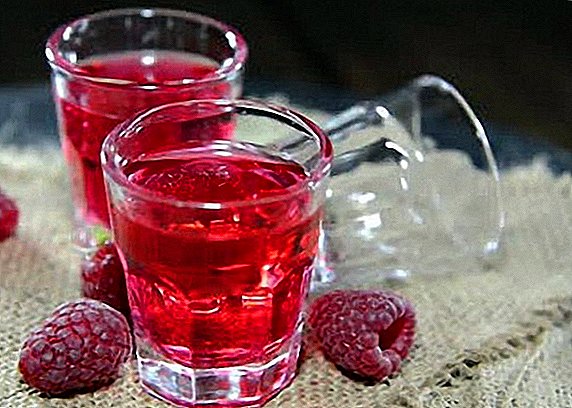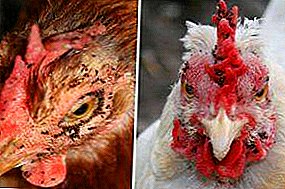
Chicken fleas are harmful insects that parasitize birds.
Any bird from large turkeys to miniature canaries and wavy parrots can suffer from them.
Consider chicken fleas "under the microscope"!
Appearance
Chicken flea is elongated, somewhat hunched. torso dark color and shiny chitinous integument. She has no wings, but she has 3 pairs of strong legs. She jumps with the help of the rear, the front keeps, so as not to fall, and the middle serves to move through the body of the victim. Leaping hind limbs are distinguished by thick "thighs" and elongated "legs."
Photos of chicken fleas are presented below:





What is different from other parasites?
 If you look with the naked eye, to find differences from related species of fleas is simply impossible! But with a strong increase they are immediately noticeable.
If you look with the naked eye, to find differences from related species of fleas is simply impossible! But with a strong increase they are immediately noticeable.
- In a chicken flea, the body is very flattened at the sides, which makes it impossible to crush it.. In addition, it looks more slender, thanks to a tucked belly.
- In bird parasites, eyes are much better developed than in other flea species..
- There are long antennae.
From the red tick, which is another common bird parasite, chicken fleas are very easy to distinguish.
- Ticks are colored red, fleas are chestnut colored..
- In fleas, it is very difficult to see the paws, while in ticks, they are strongly spaced apart and perfectly visible..
- The tick body is flattened above and below, in fleas - from the sides.
Harmfulness and danger
Birds infected with parasites constantly itch and pull their own feathers. This leads to increased irritability, scratching the skin before the sores. Subsequently, severe anemia may occur.
ATTENTION! The unfortunate victims of bloodsucking parasites gradually lose their appetite and sleep, die from hunger.
But this is not the worst! Chicken fleas can carry serious diseases such as salmonellosis, brucellosis, trypanosomiasis, and encephalitis and the plague. Not only all the inhabitants of the hen house can become infected, but also people. After all, fleas often bite them.
but cases of infection with infectious diseases still occur quite rarely. Not every parasite is a peddler of the most dangerous microorganisms. But the eggs of worms tolerate absolutely all fleas, therefore in the case of a bite will have to conduct anthelmintic therapy.
Lifestyle
 Parasites very rarely jump off the bird's body, constantly living under feathers. In this they differ from their relatives, who visit the owner only to “have lunch”. Chicken fleas can only live in heat, at a temperature of 35-45 °. Therefore, they live on birds, hiding in the heat of feathers.
Parasites very rarely jump off the bird's body, constantly living under feathers. In this they differ from their relatives, who visit the owner only to “have lunch”. Chicken fleas can only live in heat, at a temperature of 35-45 °. Therefore, they live on birds, hiding in the heat of feathers.
Fleas can only be penetrated by thin skin, so they often accumulate around the victim's eyes or on the scallop. For the same reason, pests rarely attack people and animals. Chicken fleas are very difficult to damage the thicker human skin and reach deep blood vessels.
Chicken fleas are quite prolific. The female can lay about a dozen eggs per day.. For her not too long life, she manages to produce hundreds of similar parasites.
Laying chicken flea eggs has its own unique features. By straining certain muscles of the body, the female "shoots" the egg at a distance of several meters. It falls into a chicken nest or on the floor.
After a day of the eggs appear larvae. They look like little worms with white transparent covers. The larvae do not drink blood, being content with organic garbage, adult feces, bird droppings. They enter the pupal stage in a few weeks..
In this state, they are able to wait a long time for their victim. Pupae “wake up” only if the bird has been near them for a long time, for example, hatching eggs.
Indoor poultry suffer from fleas the most. They almost never leave home, therefore can't get rid of pests on their ownfor example, bathing in ashes, dirt and dust.
Fighting Chicken Fleas
 To get rid of pests in poultry and small households, you can use drops for dogs or cats. They do an excellent job with their task, destroying all bird parasites.
To get rid of pests in poultry and small households, you can use drops for dogs or cats. They do an excellent job with their task, destroying all bird parasites.
- Dana and Leopard. Drops of domestic manufacturers, work fine and have a low price.
- Frontline, Advantage, Stronghold. Imported preparations containing chemical compounds. They should not get inside the body of the bird, so as not to cause serious poisoning.
- Hartz. It contains a very strong insecticide, so drops are not recommended for chickens.
- Beaphar. Absolutely safe for birds to drop on the basis of Neem tree seed oil.
- Ivermectin. Universal sterile solution, which is used for injections. It contains a whole range of substances, eliminating any parasites.
Drops are applied to the skin of birds in places where they can not reach the beak.
Processing small chicken coops
To eliminate parasites from the premises, you can use any drugs that kill household pests such as bedbugs, cockroaches and ants. Will fit Executioner, Geth, Tetriks, Cucaracha, Cyfox.
Fighting in large farms
For the treatment of industrial poultry houses and factories are suitable products such as Butoks and Deltametrin.
Deltamethrin It is produced in the form of powder. It contains an insecticide at a concentration of 50%. Powder can be sprayed directly on infected birds or indoors.
Butox contains all the same deltamethrin, but comes in the form of a concentrated aqueous solution. One ampoule with a capacity of 1 ml is sufficient for dilution in 4 liters of water. The working fluid is sprayed with bird plumage and hens are treated.
How to properly handle the premises and birds?
 Drops must be applied to the back of the head.. The feathers are moved apart before this, and the insecticide is rubbed into the skin. The powder is sprayed over the entire surface of the feathers, as well as the solution..
Drops must be applied to the back of the head.. The feathers are moved apart before this, and the insecticide is rubbed into the skin. The powder is sprayed over the entire surface of the feathers, as well as the solution..
Thereafter chickens are transferred to a clean room and proceed to the treatment of the chicken coop. We remind you that no cleaning is necessary before this! Selected Insecticide carefully processed nests, walls, ceiling, the floors, feeders, perches and cells. If the garbage is on the floor is very thick, scatter and drag it.
Several hours after processing (the exact time is indicated in the instructions for the preparation), you can start cleaning the room. Rubbish should be removed and the floors should be cleaned with soapy water with the addition of soda.
If there were too many fleas, the procedure will have to be repeated in 2-4 weeks. During this time, the pupae, poorly amenable to the action of insecticides, will emerge from the cocoon and turn into imago.
Infection prevention
The most effective preventive measure is regular cleaning in the hen house. Pupae and larvae will be removed along with the garbage, which will help to avoid the parasitosis epidemic.
Chicken fleas are malicious and dangerous pests that can bring birds to death. Therefore, it is necessary to fight with them!


